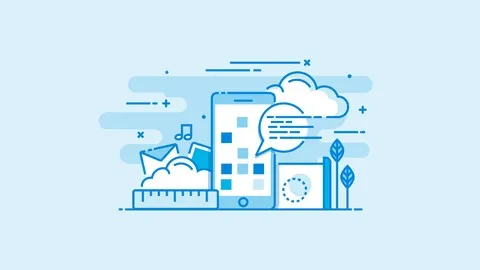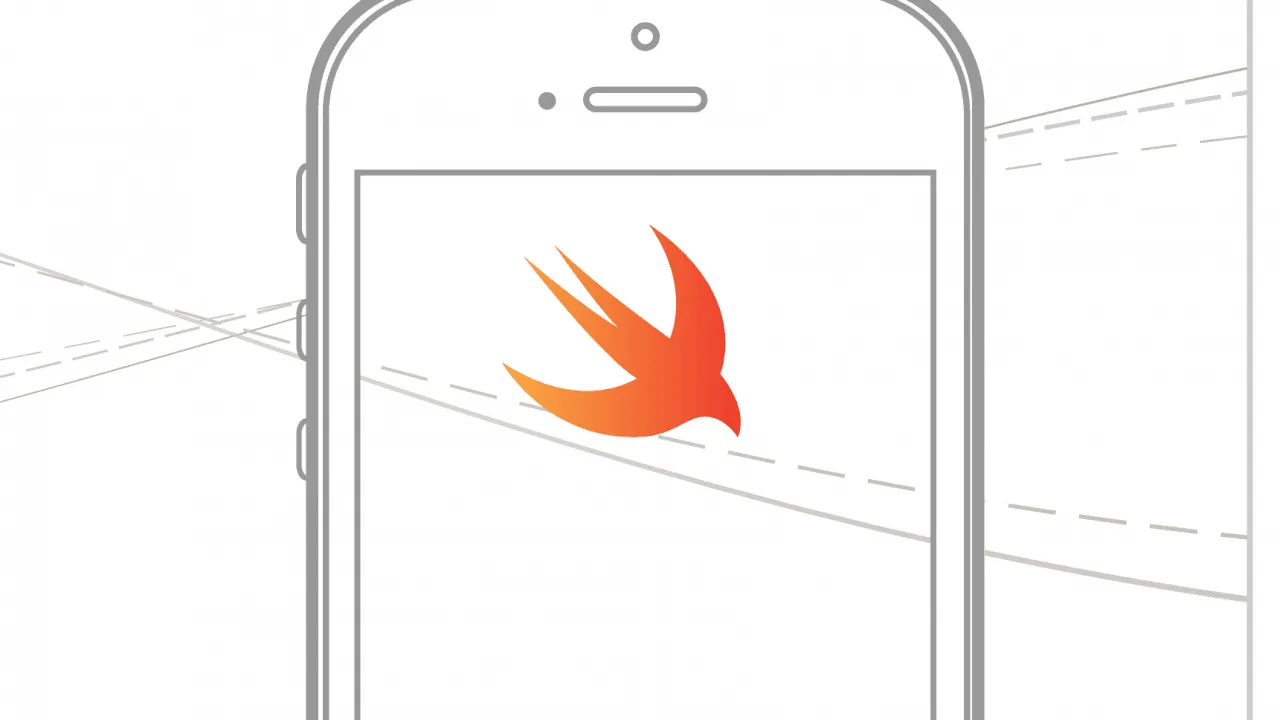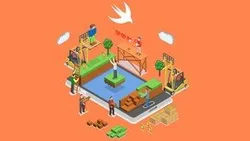
Introduction to iOS 11 Development: Swift 4 and Xcode 9 
This free course provides an introduction to iOS 11 Development, covering the fundamentals of Swift 4 and Xcode 9. Participants will gain the skills to create two complete applications. ▼
ADVERTISEMENT
Course Feature
![]() Cost:
Cost:
Free
![]() Provider:
Provider:
Udemy
![]() Certificate:
Certificate:
No Information
![]() Language:
Language:
English
![]() Start Date:
Start Date:
Self Paced
Course Overview
❗The content presented here is sourced directly from Udemy platform. For comprehensive course details, including enrollment information, simply click on the 'Go to class' link on our website.
Updated in [April 29th, 2023]
This course provides an introduction to iOS 11 development using Swift 4 and Xcode 9. Students will learn the fundamentals of the Swift programming language and how to use the Xcode interface to create their own iOS applications.
The course begins with an overview of the Swift programming language, including basic syntax, data types, and control flow. Students will then learn how to use the Xcode interface to create their own Swift programs. They will learn how to use the Xcode debugger to debug their programs, and how to use the Xcode simulator to test their applications.
In addition, students will learn how to create simple iOS applications using the Xcode interface. They will learn how to use the Interface Builder to create user interfaces, and how to use the Storyboard to create navigation between different views. They will also learn how to use the Core Data framework to store and retrieve data from a database.
Finally, students will learn how to use the Xcode interface to its full potential. They will learn how to use the Xcode build system to compile and package their applications, and how to use the Xcode Instruments to profile and optimize their applications.
At the end of the course, students will have a solid understanding of the Swift programming language and the Xcode interface. They will be able to create their own iOS applications and use the Xcode interface to its full potential.
[Applications]
After completing this course, students will be able to apply their knowledge of Swift 4 and Xcode 9 to create their own iOS applications. They will be able to use the Xcode Interface to its full potential, and create simple iOS applications with the help of the Swift programming language. Additionally, they will be able to use the debugging tools available in Xcode to troubleshoot their applications. Finally, they will be able to use the iOS 11 SDK to create more complex applications.
[Career Paths]
1. iOS Developer: iOS developers are responsible for developing applications for Apple’s mobile operating system, iOS. They use the Swift programming language and Xcode development environment to create apps for the App Store. As the demand for mobile applications continues to grow, the demand for iOS developers is expected to increase as well.
2. Mobile App Designer: Mobile app designers are responsible for creating the user interface and user experience of mobile applications. They use tools such as Sketch, Photoshop, and Xcode to create the look and feel of the app. As the demand for mobile applications continues to grow, the demand for mobile app designers is expected to increase as well.
3. Mobile App Developer: Mobile app developers are responsible for developing the code for mobile applications. They use the Swift programming language and Xcode development environment to create apps for the App Store. As the demand for mobile applications continues to grow, the demand for mobile app developers is expected to increase as well.
4. Mobile App Tester: Mobile app testers are responsible for testing mobile applications for bugs and other issues. They use tools such as Xcode and TestFlight to test the apps and ensure they are working properly. As the demand for mobile applications continues to grow, the demand for mobile app testers is expected to increase as well.
[Education Paths]
1. Bachelor of Science in Computer Science: This degree path provides students with a comprehensive understanding of computer science fundamentals, including programming, software engineering, and computer architecture. Students will also learn about the latest technologies and trends in the field, such as artificial intelligence, machine learning, and cloud computing.
2. Bachelor of Science in Software Engineering: This degree path focuses on the development of software applications and systems. Students will learn about software design, development, and testing, as well as the principles of software engineering. They will also gain experience in developing mobile applications and web applications.
3. Master of Science in Computer Science: This degree path provides students with an advanced understanding of computer science principles and technologies. Students will learn about the latest trends in the field, such as artificial intelligence, machine learning, and cloud computing. They will also gain experience in developing mobile applications and web applications.
4. Master of Science in Software Engineering: This degree path focuses on the development of software applications and systems. Students will learn about software design, development, and testing, as well as the principles of software engineering. They will also gain experience in developing mobile applications and web applications. Additionally, they will learn about the latest trends in the field, such as artificial intelligence, machine learning, and cloud computing.
Course Syllabus
Introduction
Getting Started with Swift
Variables and Data Types
Constants and Multiple Assignment
Arithmetic Operators
Conditional Statements
Arrays
Dictionaries
For Loops
While Loops
Switches and Loop Control Statements
Functions
Structs
Enums
Classes and Objects
Inheritance and Overriding
Protocols
Extensions
Introduction
Getting Started
Adding Buttons
The Slider
Adding the Logic
Adding the Switch
Play Again and Design
Constraints
Final Touches
Introduction
Getting Started
Adding the Table View
Custom Tale View Cell
Custom Cell Class
Using the Custom cell
Designing the Expanded View
Passing data between views
Adding Constraints
Final Touches
Pros & Cons

Swift section short and sweet.

Basics learned quickly.

Instructor clear and to the point.

Great way to learn Swift from scratch.

Table views section rushed.

Course goes too fast.

Explanations superficial.

Video broken.
Course Provider

Provider Udemy's Stats at AZClass
Discussion and Reviews
0.0 (Based on 0 reviews)
Explore Similar Online Courses

Christmas Embroidery

ES6 Javascript: The Complete Developer& Guide

Python for Informatics: Exploring Information

Social Network Analysis

Introduction to Systematic Review and Meta-Analysis

The Analytics Edge

DCO042 - Python For Informatics

Causal Diagrams: Draw Your Assumptions Before Your Conclusions

Whole genome sequencing of bacterial genomes - tools and applications

Intro to iOS App Development with Swift

Toward the Future of iOS Development with Swift

iOS Game Development in Swift 2
 Related Categories
Related Categories
 Popular Providers
Popular Providers
Quiz
 Submitted Sucessfully
Submitted Sucessfully
1. What is the main language used in iOS 11 Development?
2. What is the main development tool used in iOS 11 Development?
3. What is the main purpose of iOS 11 Development?
4. What language is used to create iOS applications?
Correct Answer: Swift


Start your review of Introduction to iOS 11 Development: Swift 4 and Xcode 9